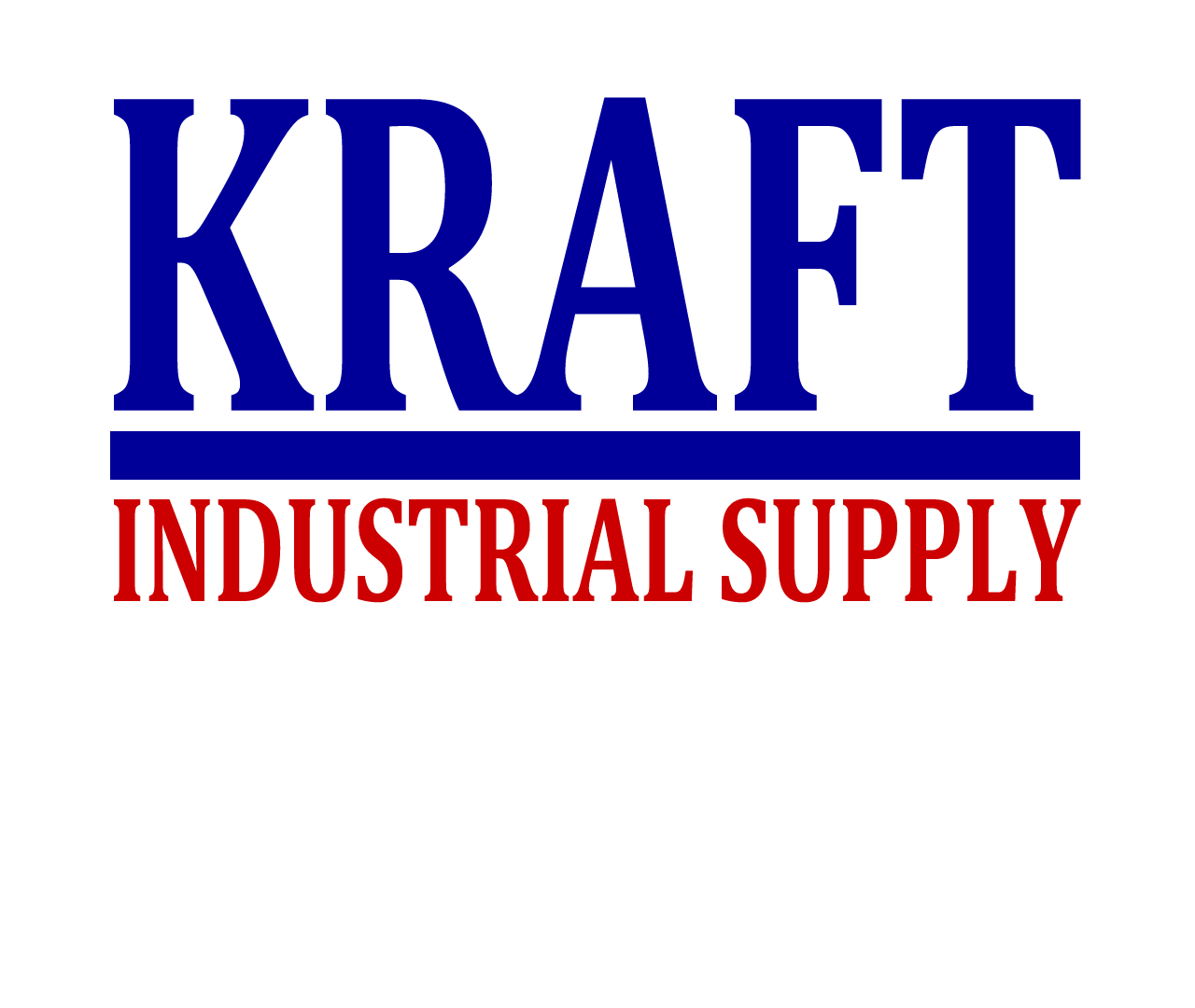
About Pressure and Temperature Graphs
The pressure and temperature graphs shown are the most current method of determining the suitability of a gasket material in a known environment. Use the pressure and temperature graphs to select the most suitable material for your application.
|
1. |
In area one, the gasket material is suitable using common installation practices subject to chemical compatibility. |
|
2. |
In area two, appropriate measures are necessary for installation of the gasket to ensure maximum performance. Please call or refer to the KLINGER® expert software system for assistance. |
|
3. |
In area three, do not install gaskets in these applications without first referring to the KLINGER® expert software system or contacting Thermoseal Inc.'s technical support service |
These graphs were developed from testing Klinger materials. Do not use them for competitors' materials since non-asbestos gasketing materials do not have service equivalents.
Use: The limitations of use, as shown in the graphs, are for guidance only, and are based on 1/16" thick material. The limitations of use decrease significantly as gasket thickness increases. Do not use a thicker gasket material or "double gaskets" to solve a gasket problem without first consulting the manufacturer. The ability of a gasket material to make and maintain a seal depends not only on the quality of the gasket material, but also on medium being sealed, the flange design, the amount of pressure applied to the gasket by the bolts and how the gasket is assembled into the flanges and tightened.Thermoseal engineers can advise on gasket selection and installation based on specified operating conditions. If you are in any doubt, fax us at 937-498-4911 or phone us at 937-498-2222.

Gasket Recommendation Request Form